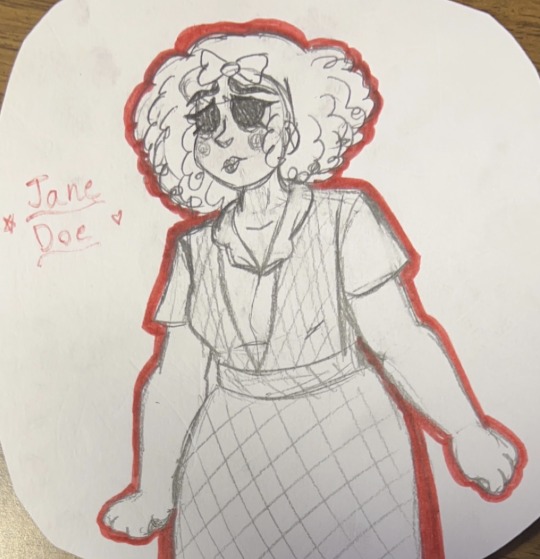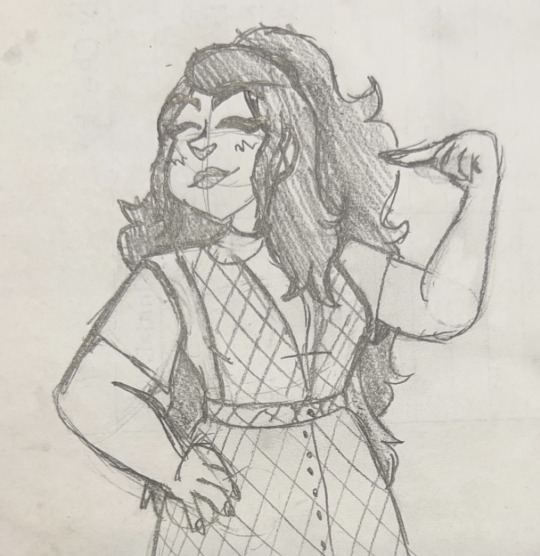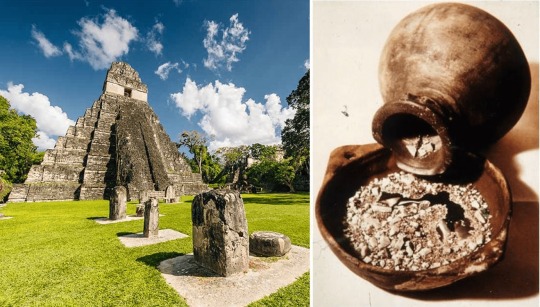#civa
Explore tagged Tumblr posts
Text
━CIVA CHARTER! RICKY!!
@magical-sweet-kitty










Oh and random thing, their promos are art

I think this one is Ricky's???
Me when a production doesnt have good quality pics →😿
#Ricky archive !?#rtc#ride the cyclone#rtc musical#ride the cyclone musical#ricky ride the cyclone#ricky rtc#rtc ricky#ride the cyclone ricky#ricky potts rtc#ricky potts ride the cyclone#sabm#space age bachelor man#productions#rtc production#civa charter rtc#idk#deerdoeb screenshots !
29 notes
·
View notes
Text
Art I made for the cast of CIVA ride the cyclone that I gave to the actors after the shows :DD









Also I fucked up and accidentally drew one of the actor’s oceans twice (I got confused and thought them with and without wig were the two different actors) so here’s a drawing of the actual other ocean

#ride the cyclone#rtc#rtc fanart#jane doe#jane doe ride the cyclone#constance blackwood#CIVA ride the cyclone#CIVA rtc#ocean oconnell rosenberg#mischa bachinski#noel gruber#ricky potts#ride the cyclone fanart
48 notes
·
View notes
Text
i'm stanning new vula soooooo hRd

6 notes
·
View notes
Text
You approach the dirty mirror, covered in years of dust & grime. You press your hand to the mirror & wipe away the dirt, revealing your reflection. "It's still me, even after everything. God I look awful."

I've attempted this drawing multiple times this years, but I suck, until I didn't.
Full version without the dirt overlay:

I am quite happy with how this turned out!
1 note
·
View note
Text
Mayalıların Zehirli Mirası
Mayalıların Zehirli Mirası Mayalıların Zehirli Mirası, Bizim İçin Bile Tehlike Oluşturuyor. Mezoamerika’nın antik Maya şehirleri ziyaretçileri şaşırtmaktan asla vazgeçmiyor. Ancak, toprak yüzeyinin altında beklenmedik bir tehlike pusuda bekliyor: Civa kirliliği. Araştırmacılar, Frontiers in Environmental Science dergisinde yayınlanan bir inceleme makalesinde, bu kirliliğin modern zamanlardan…

View On WordPress
#ağır civa kullanıcıları#Antik antropojenik kirlilik#civa kirliliği#civa kullanımı#Civa Zehirlenmesi#Dr. Duncan Cook#maya medeniyeti#mayalarda civa#mayalarda civa kullanımı#Mayalıların Zehirli Mirası#sıvı civa#zehir#zehirlenme#zinober
0 notes
Text
Civa: living, laughing, loving
Lagi: strategizing
Vula:

25 notes
·
View notes
Text
Nischa, CIVA Charter High School
78 notes
·
View notes
Text
So far my faves are Vula/Green Mary, Civa/Orange Kyle, and Lagi/Purple Joe&Eva
17 notes
·
View notes
Text
Civa Charter High School

Only picture I have of her.
17 notes
·
View notes
Text

CIVA CHARTER HIGHSCHOOL
41 notes
·
View notes
Text
JANES I'VE DRAWN IN MY ALL JANE SKETCHBOOK
south shore theatre expirance
roxy's downtown
theatre south playhouse (I think she's the sugar cloud cast)
atlanta
mccarter
endicott
emerson
solebury school
western carolina
CIVA charter (bad artstyle attempt)
Streamer no.10 (bad artstyle attempt)
4 Chairs (bad artstyle attempt)
The Collective at Fau (new artstyle, good)
Inner Voice
Station
Austin UT
ESU (uni)
Blue Bridge
Stage of Life
Sacred Heart
CCPA studio
Depaul uni
Ponderesa players
Majestic rep
and open stage!
TELL ME WHICH JANE I SHOULD DRAWN NEXT (please with refs!!)
@deerdoeb
@theangelcatalogue
@magical-sweet-kitty
@rtc-spin
19 notes
·
View notes
Text
if i were sai, id just follow cedrek around all day to make sure he doesn’t get comfy w the og civas
10 notes
·
View notes
Text
A little series of drawings I’ve been working on. It’s each character from both the productions of rtc I saw live. There’s 2 noel drawings bc both productions had 2 Noels.







I still plan on doing one for Karnak and penny as well
#rtc#ride the cyclone#jane doe ride the cyclone#jane doe rtc#mischa bachinski#rtc fanart#ocean oconnell rosenberg#noel gruber#constance blackwood#ricky potts#ride the cyclone rvj#rvj rtc#civa rtc#rtc civa#CIVA charter high school rtc#CIVA ride the cyclone#colorado ride the cyclone#ride the cyclone colorado#ride the cyclone fanart
28 notes
·
View notes
Text
oh sai might be going home cause we aren’t seeing ANY of Civa’s pretribal scramble

11 notes
·
View notes
Text

Forestry
1 note
·
View note
Text
Derler ki; Çok biliyorsan az konuş söz çünkü civa gibidir.
Bir damlası bile zehirler ..

125 notes
·
View notes